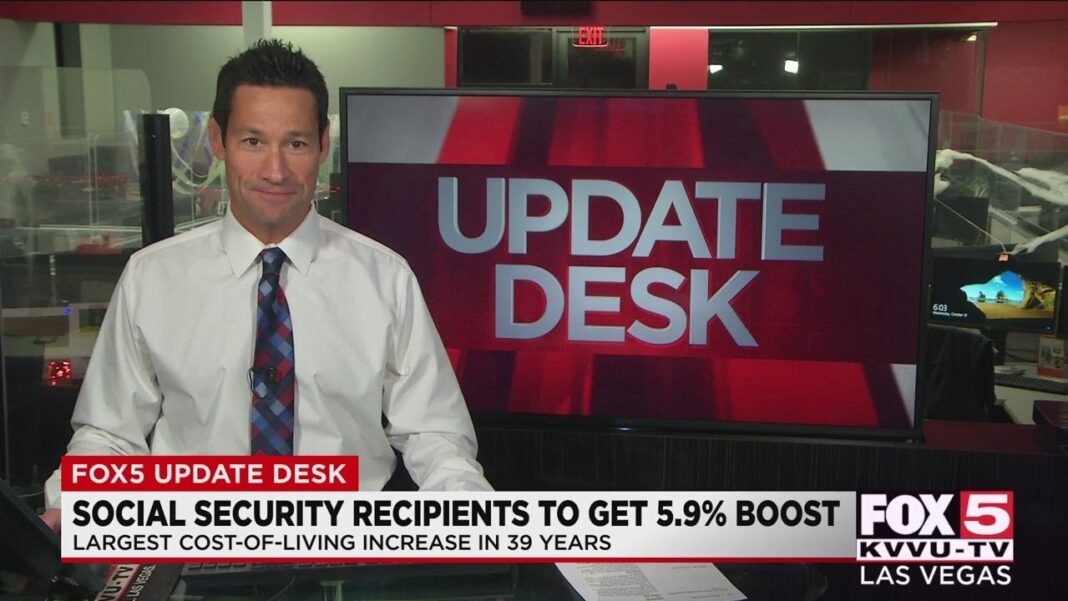Consumer prices rose more than expected in September as food and energy costs surged, new government data show.
According to the latest Bureau of Labor Statistics (BLS) data, the annual inflation rate climbed to a 13-year high of 5.4 percent last month, coming in higher than the median estimate of 5.3 percent.
On a month-over-month basis, the consumer price index (CPI) rose 0.4 percent, slightly higher than the market forecast of 0.3 percent.
The core inflation rate, which eliminates the volatile food and energy sectors, surged 4 percent, matching economists’ expectations. This was unchanged from the previous month.
Energy prices soared 24.8 percent over the last 12 months, with all the major energy component indexes spiking on an annualized basis. Gasoline increased 42.1 percent, natural gas advanced 20.6 percent, and the index for electricity rose 5.2 percent.
Food had been one of the other primary drivers of rising prices, soaring to its highest level since December 2011. The food at home index picked up 4.5 percent, buoyed by all six major grocery store food group indexes, particularly for meats, eggs, fish, and poultry. Food away from home also surged 4.7 percent.
The monthly U.S. government snapshot of the cost of living found that shelter costs rose 3.2 percent in the 12 months ending in September. The Economics Research team at Goldman Sachs stated in a research note that the report identified “the fastest pace of inflation for rent and owners’ equivalent rent since the 2006 housing bubble.” Morgan Stanley agrees, also writing in a research note that this “was the key story in the September CPI report and that should provide an important source of support that is likely to keep the inflation data sequentially firm in the months ahead.”
New vehicles and used automobiles and trucks soared 8.7 percent and 24.4 percent year-over-year, respectively. Although transportation services eased 0.5 percent month-over-month, this category recorded an annual gain of 4.4 percent.
Apparel also fell 1.1 percent in September, but prices have risen consistently over the last year, showing an annual increase of 3.4 percent.
Financial markets reacted to the news, with the Dow Jones Industrial Average falling about 0.5 percent. The benchmark 10-year Treasury yield tumbled 0.045 percent to 1.535 percent. Gold rallied 1.6 percent after the release of the data, flirting with $1,780 an ounce.
By Andrew Moran








